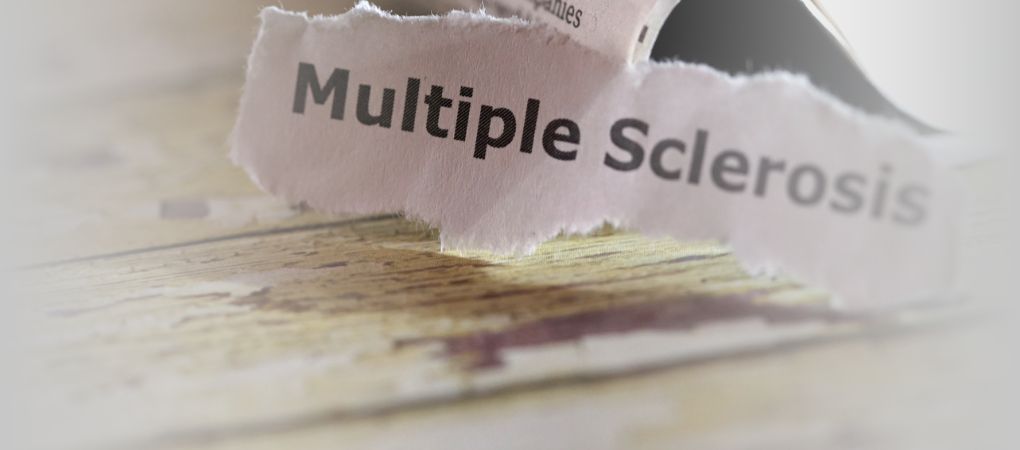Francesca Galiano
|
09/08/2022 - Last update 30/12/2022
Christian Cordano, Annalisa Armezzani, Jacopo Veroni, Matteo Pardini, Davide Sassos, Maria Teresa Infante, Andrea Tacchino, Caterina Lapucci, Maria Cellerino, Valentina Calabrò, Luigi Ciullo, Bardia Nourbakhsh | Year 2018
Osteopathic Manipulative Therapy and Multiple Sclerosis, A Proof-of-Concept Study
Pathology:
Sclerosi Multipla
Type of study:
Feasibility study
Date of publication of the study’:
2018/Aug/01

Purpose of the study
- Objective: to evaluate the effect of OMTh on chronic symptoms of MS
- Measured outcomes:
- Primary: changes in the symptoms connected to disability using the Extended Disability Status Scale (EDSS), fatigue through the Modified Fatigue Impact Scale (MFIS), depression through the Beck Depression Inventory-II (BDI-II), anxiety through Beck Anxiety Inventory (BAI) and quality of life using Short Form Health Survey 12 (SF-12)
Participants
- Number: 22 people (10 male and 12 male)
- Criteria of inclusion: age 20-55 years, a diagnosis of multiple sclerosis according to the modified McDonald’s diagnostic criteria, to have a score between 0 and 6 in the ESDS, to have been relapse-free for the past 4 weeks, a Symbol Digit Modalities Test score higher than the fifth percentile of the Italian normative data score (ie >37.9) >37,9)
- Criteria of exclusion: diagnosis of life-threatening or severely disabling physical disorders other than multiple sclerosis; use of psychotropic medications to manage psychiatric disorders; changes in pharmacological therapies for multiple sclerosis over the previous 3 months; other disorders of the nervous system; pregnancy
- Group of study: two groups obtained by participants’ self-selection
- Group 1: OMTh, 12 people (5 female and 7 male, average age 42.3 years)
- 9 people with relapsing-remitting multiple sclerosis, 1 with clinically isolated syndrome and 1 with secondary progressive multiple sclerosis
- Group 2: health education on multiple sclerosis, 10 people (5 female and 5 male, average age 39.4 years)
- 2 people with relapsing-remitting multiple sclerosis, 1 with clinically isolated syndrome and 1 with secondary progressive multiple sclerosis
- Group 1: OMTh, 12 people (5 female and 7 male, average age 42.3 years)
Interventions and evaluations
- Valuation of disability on EDSS, of fatigue on MFIS, of depression on BDI-II, anxiety on BAI and of quality of life on SF-12, at the beginning of the study, a week after the last session and 6 months after the last session
- 5 sessions of OMTh or 5 sessions of health education on MS, 1 time a week for 45 minutes
- OMTh: osteopathic structural evaluation (of the skull, spine, pelvis, upper and lower limbs, rib cage and viscera) to locate the presence of somatic dysfunctions on which to base the treatment. The techniques used included myofascial release, ligamentous tensions and membranous tensions balancing, and craniosacral
- Health education on multiple sclerosis: PowerPoint presentations on multiple sclerosis epidemiology, symptoms, diagnosis, treatment and rehabilitation
- OMTh performed by two osteopaths
- Health education conducted by neurology residents
- All patients continued to receive conventional care
Results
Primary outcomes: 1 week after the last session, the OMTh promoted a statistically significant reduction in fatigue and depressive symptoms, but not of anxiety, although it seems to have shown a decrease. The quality of life also increased 1 week after the last session, but the change was not statistically significant.
Finally, 6 months after the last session, the two groups showed no difference.
Discussion
OMTh has shown to be able to positively affect the sense of fatigue and depressive symptoms in people with multiple sclerosis. In addition, it showed a potential to improve quality of life, despite the fact that the result was not statistically significant.
Given the difficulty in managing fatigue in the case of multiple sclerosis, treatments able to positively influence it can make an important contribution, even though the study’s results report effects in the short term only.
In fact, further, larger and more structured studies are needed to understand, for example, the best frequency of the OMTh to obtain the best results, in the short and long term.
The review of Osteopedia
By Marco Chiera
Strengths: interesting results on a condition very delicate and difficult to manage; use of a black-box approach to evaluate the effectiveness of the osteopathic treatment for how it is actually performed in the clinic; use of validated scales.
Limits: patients decided for themselves which therapy to receive, which may have led to a bias on the effects of OMTh; the control group received a very different intervention compared to the OMTh; despite being a feasibility study, no analysis was carried out of the possible adverse effects of OMTh.

Are you an osteopath?
Register and enjoy the membership benefits. Create your public profile and publish your studies. It's free!
Register now
School or training institution?
Register and enjoy the membership benefits. Create your public profile and publish your studies. It's free!
Register now
Do you want to become an osteopath? Are you a student?
Register and enjoy the membership benefits. Create your public profile and publish your studies. It's free!
Register now







